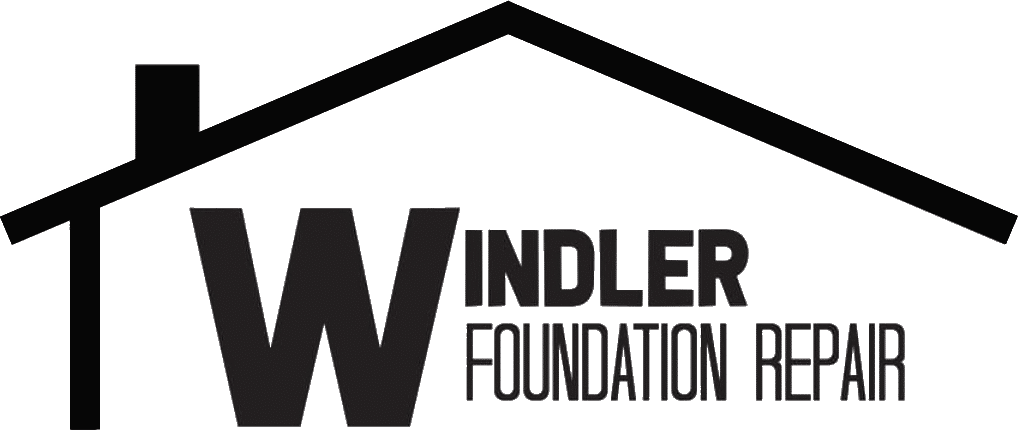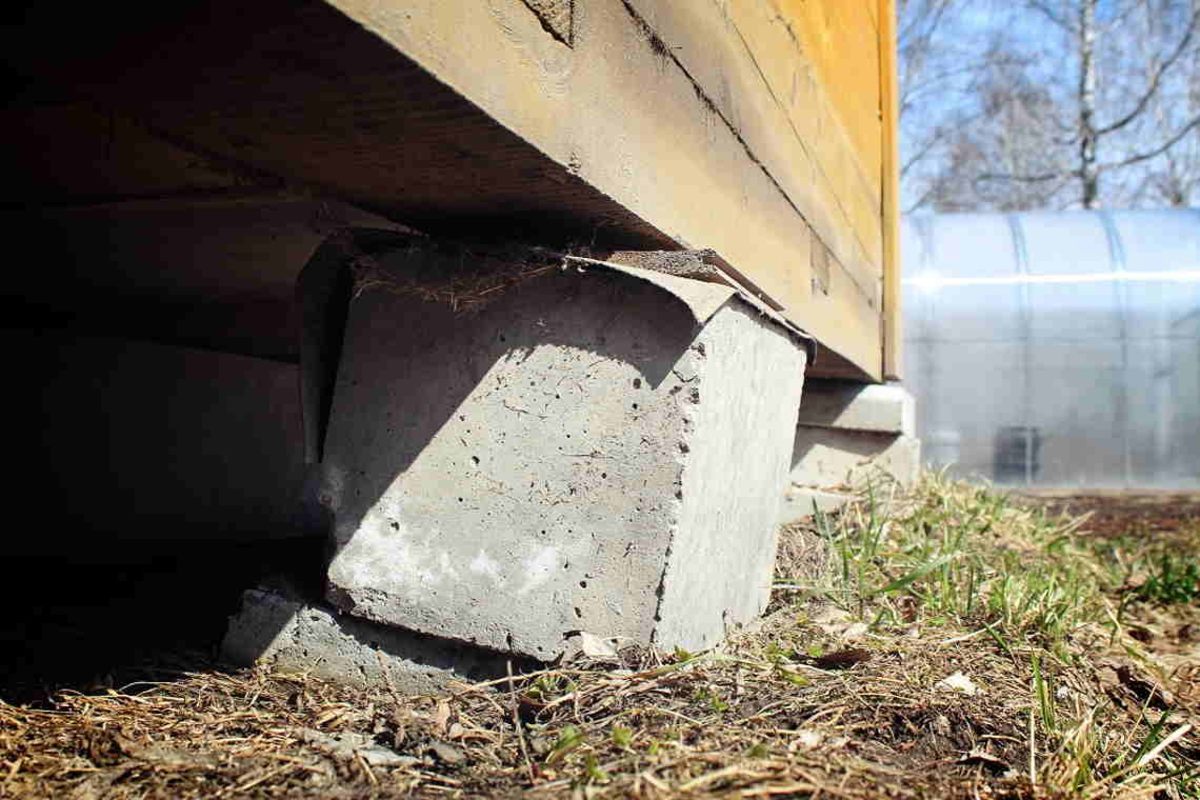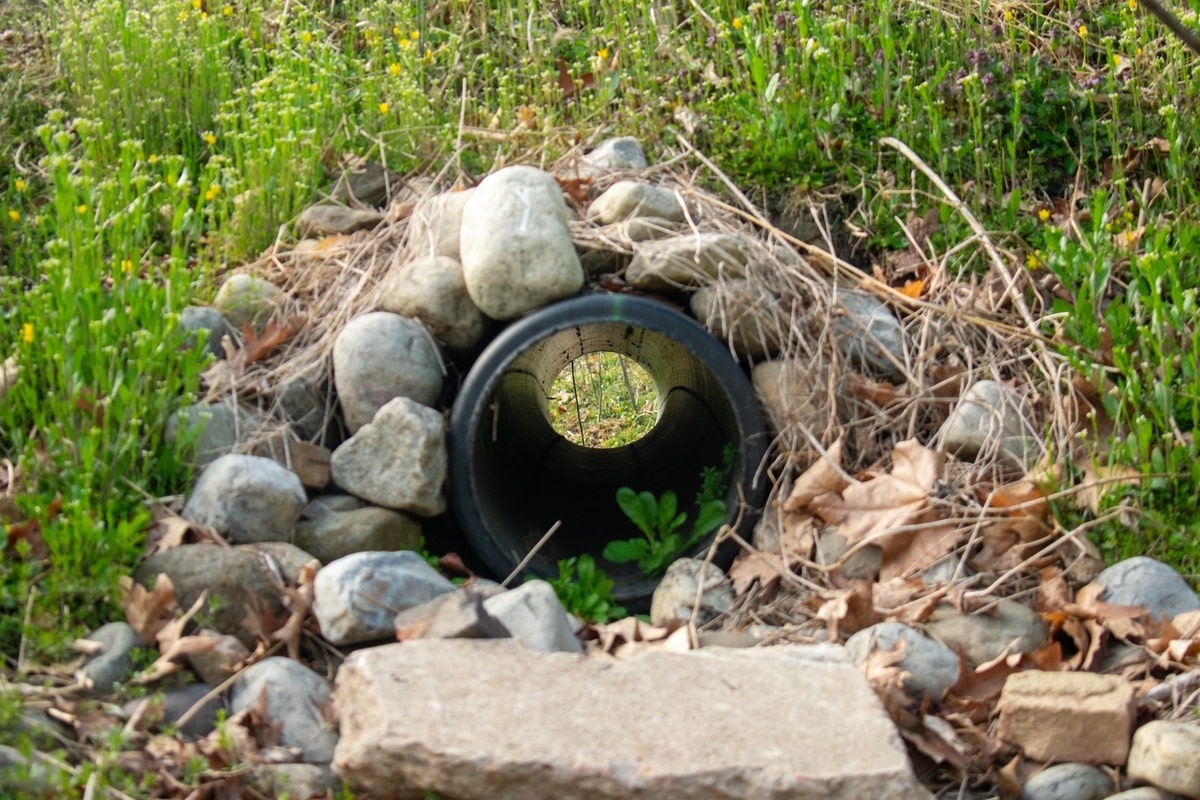Foundation damage can show up as cracks, sticking doors, or sagging floors. It usually means your home needs some form of repair, but not all damage calls for the same solution. That’s why we walk homeowners through the most common house foundation repair techniques, explain how each method works, and outline when they’re typically used. This helps you understand what to expect and make the right call for your home.
What Is Foundation Repair?
Foundation repair means fixing the base of your home so it’s stable and safe. This usually involves lifting, leveling, or supporting the structure to correct damage caused by soil movement, poor drainage, or time. The right repair method depends on the type of foundation, the kind of damage, and how deep the problem goes.
How Do You Know If Your Foundation Needs Repair?
Foundation issues are usually easy to spot if you know what to look for.
Here are some common warning signs in homes:
- Cracks in walls, floors, or the foundation itself
- Doors or windows that stick or won’t close properly
- Sloping or bouncy floors
- Gaps between walls, ceilings, or trim
- Water seeping into the basement or crawl space
If you notice any of these problems, it’s a good time to call a contractor for an inspection.
What Causes Foundation Damage?
Several common problems can lead to foundation damage over time.
Soil Movement and Erosion
Shifting soil is one of the biggest reasons foundations settle or sink. Clay soil expands when wet and shrinks when dry, creating pressure.
Poor Drainage or Plumbing Leaks
Too much water near your foundation can cause soil washout or soften the ground under your home.
Tree Roots and Landscaping
Large roots can grow under your home and push against the foundation or pull moisture from the soil, causing movement.
Seasonal Weather Changes
Wet seasons, drought, freezing, and thawing cycles all add stress to a foundation over time.
Top Foundation Repair Methods (Explained)
At Windler Foundation Repair, we use several trusted piering systems and structural support methods to stabilize homes with shifting or settling foundations. The right solution depends on your soil type, the structure of your home, and how much movement has occurred.
Steel Piers
Steel push piers are our most common solution for homes with significant settlement. These piers are driven deep into the ground until they reach stable soil or bedrock. They offer long-lasting support and are especially effective for heavier homes or areas with poor soil conditions.
Helical Piers
Helical piers look like large screws and are turned into the ground using specialized equipment. We typically use these when access is tight or the structure is lighter, such as porches, decks, or small additions. They’re fast to install and provide reliable support.
Concrete Piers
In some cases, we use poured concrete piers beneath the foundation to provide a stable base. This method works best in areas where the soil is already firm and the repair doesn’t need to reach deep layers of earth.
Surface and Void-Fill Methods (For Slabs or Minor Settling)
These methods are less invasive and work well when the foundation isn’t too badly damaged.
Polyurethane Foam Injection
This method involves injecting foam under the slab. The foam expands and lifts the concrete. It cures fast and doesn’t require heavy equipment.
Mudjacking (Slabjacking)
We pump a cement-based mix under the slab to raise and support it. It’s effective but heavier than foam, which can be a downside in some soil types.
Spot Piers and Small-Scale Fixes
Spot piers are hand-dug and filled with concrete. We use them for porches or small areas, not full homes.
Masonry Patches, Sealants, and Crack Repair
These products fill surface cracks to prevent water entry. They’re good for hairline cracks, but they don’t fix underlying structural issues. We often combine them with deeper repairs.
Foundation Repair Method Comparison Table
| Method | Best For | Invasiveness | Cure Time | Lasting Power |
| Concrete Piers | Shallow bedrock | Medium | 7–10 days | Long-term |
| Steel Piers | Unstable soil, heavy homes | High | Immediate | Long-term |
| Helical Piers | Lighter homes, tight spaces | Medium | 1–2 days | Long-term |
| Polyurethane Foam | Minor slab settling | Low | 15–30 minutes | Medium-Long |
| Mudjacking | Slab lifting, patios | Medium | 1–2 days | Medium |
Foundation Repair Cost Factors
The total cost depends on:
- Size of the repair area
- Type of method used
- Soil conditions
- Home layout and access
- Labor and materials
We always provide a detailed quote after inspection.
Foundation Maintenance Tips for Homeowners
- Keep gutters clean and water draining away from your home
- Watch for new cracks or changes in your floors
- Avoid planting large trees too close to the foundation
- Install a sump pump if your basement is prone to water
- Schedule regular inspections if you’ve had issues before
Talk With a Foundation Repair Pro
If you’re dealing with uneven floors or cracks, we’re here to help. At Windler Foundation Repair, we inspect every home thoroughly and recommend the repair method that fits your situation and budget. Contact us today to schedule an estimate. Let’s fix it before the damage gets worse.



